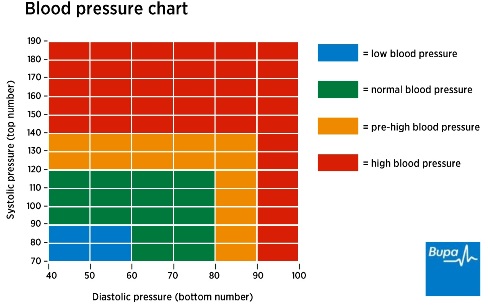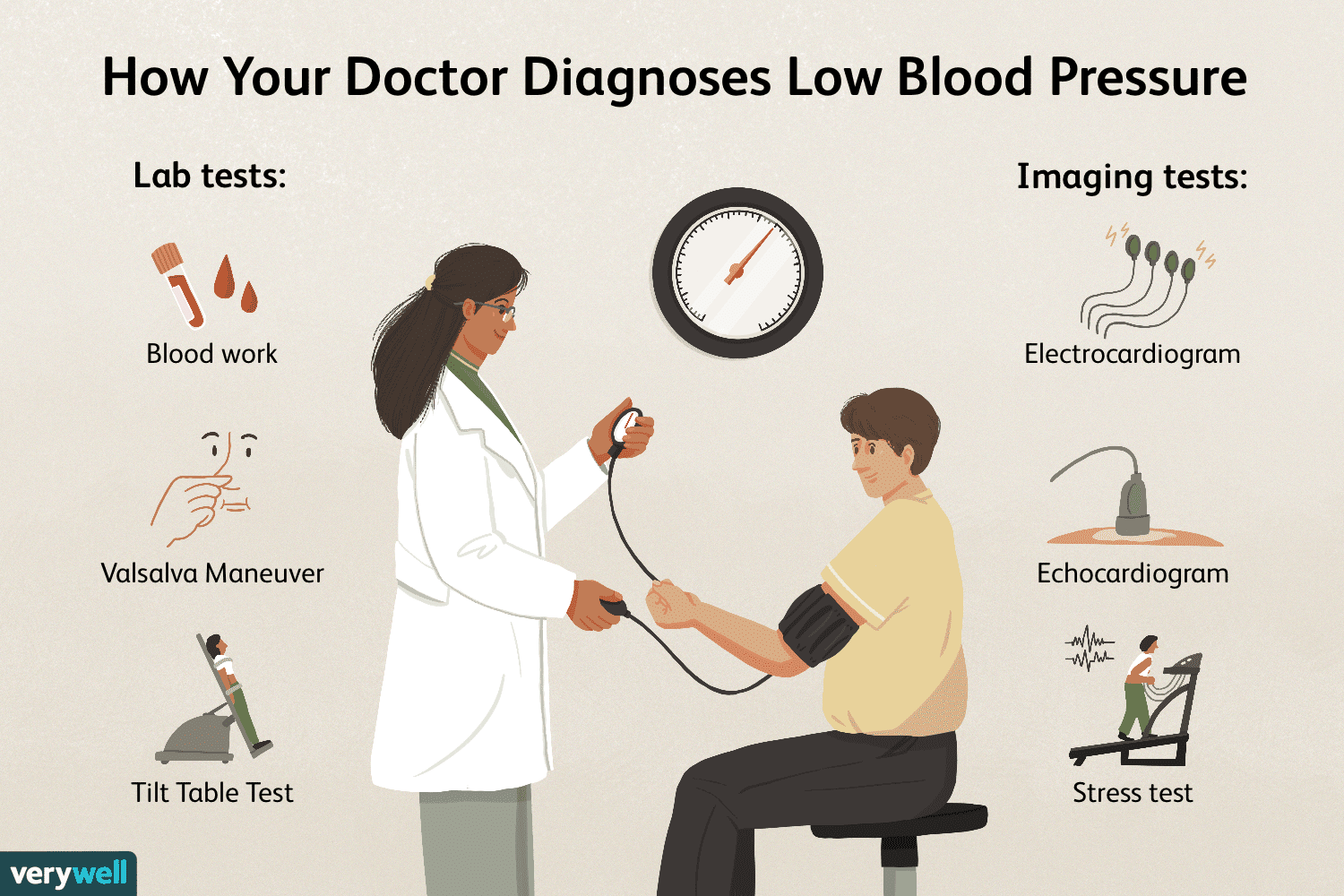
There are two main types of low blood pressure: postural hypotension and orthostatic hypotension. These conditions are caused by changes in the body’s posture, which can result in dizziness, blurred vision, or fainting. They are common in the elderly and pregnant women, and can be the result of certain medications. Young people can also suffer from low blood pressure. If you suspect you may have low blood pressure, see your doctor as soon as possible.
Temporary and permanent forms of low blood pressure are the most common and cause the most trouble. Symptoms of postprandial hypotension are the most common and easily treatable. Symptoms of temporary low blood pressure are usually mild and may result from minor injury or illness. Acute and chronic low blood pressure is even worse than a minor episode of low blood pressure. The best way to diagnose this condition is to check your blood pressure levels from time to time and visit a health website regularly dflowcollection.com.
Heart problems can cause low blood pressure. If your heart is weak, you may be suffering from a heart attack or failure. In some cases, it can be caused by anemia, which is a lower number of red blood cells or hemoglobin. In severe cases, you may suffer from shock. Without oxygen to your organs, your body may not be getting the energy it needs to keep you healthy. Regardless of the cause of low blood pressure, it is important to seek immediate medical attention.
There are many types of low blood pressure. Depending on how serious your condition is, it may be temporary or permanent. Some people may have both. Diabetics should be closely monitored for signs and symptoms. A sudden and unexpected drop in blood pressure can be dangerous. People with persistent low blood pressure should see a doctor as soon as possible. The condition of high blood pressure can lead to heart failure or even death. Fortunately, if it is caused by an underlying heart problem, it can be easily treated.

There are three types of low blood pressure. Some people have severe cases of orthostatic hypotension, while others are completely unaware of their condition. Although they don’t feel any symptoms of Low Blood Pressure, they may be at risk for heart disease and heart attacks. Those with orthostatic hypotension should be evaluated by a physician for further testing. The symptoms of this condition are often reversible. With proper treatment, your doctor will help you manage your blood pressure.
Neonatal and infant low blood pressure can also be caused by a variety of other causes. These include certain heart conditions, such as Parkinson’s disease, and some types of nerve damage. A patient with a weak heart is more likely to experience a lowered blood pressure in the leg. A weakened heart can affect the pressure in the legs. A person with a weak or damaged autonomic nervous system may experience a sudden drop in blood pressure.
Children are more likely to experience neonatal hypotension. This condition is caused by a miscommunication between the brain and the heart. This type of hypotension is more likely to affect people who are young. It can cause dizziness, nausea, and fainting. A person with a weak heart may also experience muscle pain. A low blood pressure condition could be caused by a number of different factors, such as age or medication.
An individual with a low blood pressure level is referred to as having a hypotensive condition. A patient with an orthostatic condition will be dizzy, lightheaded, or even faint. A person with an orthostatic condition may also experience muscle aches or chronic fatigue. A hypotensive condition can be a sign of other health problems, such as anemia, and can be life-threatening. However, a physician will be able to tell you the difference between these conditions.
In addition to these types of Low Blood Pressure, there are also several causes. Some people have permanent low blood pressure, which is usually not life-threatening. Other people may experience intermittent low blood pressure or a sudden low blood pressure. Those with anaphylactic shock have a heart attack or a stroke. A medical professional should diagnose and treat the condition to prevent any further complications. If the symptoms persist, consult a doctor immediately.